
“What is Quibi?” That was the question with which a lavishly-funded new video streaming service announced itself to the world in January.
In a promotional clip ahead of Quibi’s launch, actors Chrissy Teigen, Keifer Sutherland, and Liam Hemsworth — some of the service’s top stars — responded with deadpan answers to camera. Sutherland suggested it was a medical condition, Teigen a snack.
It showed a self-deprecating acknowledgement: the name was weird, and the company knew it. But nine months later, the question is now “What was Quibi?”
Last week, the start-up announced it was shutting down a little over six months after it had launched to the public. Its founder, the Hollywood mogul Jeffrey Katzenberg, said Quibi had “exhausted every option available” and was “no longer viable”. A service built to capitalise on the short attention spans and busy lives of today’s smartphone generation had itself crashed in fast forward.
A simple idea: ‘NewTV’
Katzenberg, formerly one of Disney’s top executives and the co-founder of Dreamworks, had founded Quibi on a simple idea. Inspired by the success of Dan Brown’s “The Da Vinci Code”, in which readers were hooked by rapid-fire chapters often just a couple of pages, Quibi would deliver its shows in “quick bites” of between five and 10 minutes.
They would take these bites during the day’s “in between” moments — on the bus, waiting for a taxi, or in the queue at a cafe. As if to encourage this behaviour, Quibi would only be available as an app. There was no way to watch it on a TV or computer, and shows would be produced in a “turnstyle” format that adapted to whether a phone was being held vertically or horizontally.
YouTube and Snapchat had proved that smartphone owners, especially younger ones, were happy to watch large quantities of video on their smartphones. Quibi, though, would bring the glamour. Instead of videos created by users, hastily filmed and uploaded on their phones, Quibi would have high-end production values, big names and big budgets. Before the company settled on its name, a portmanteau of the quick bite show format, its holding name was “NewTV”, displaying a confidence that the company was ready to shake up the format.
Hollywood liked the pitch, especially when former HP and eBay boss Meg Whitman, a renowned business leader, signed on as chief executive. The biggest names in entertainment, including Disney, Warner Bros and MGM were among investors that backed Quibi to the tune of $1.75bn (£1.3bn).
Heavy spending
The cash was spent enthusiastically. Quibi recruited directors including Steven Spielberg, Ridley Scott and Guillermo del Toro, and stars such as Reese Witherspoon and Jennifer Lopez. In its first year of commissioning, the company spent $1.1bn on 175 shows. Each minute of content cost as much as $125,000.
It was a typically blockbuster approach from Katzenberg, who had overseen the revival of Disney’s animation division in the Eighties and Nineties before Dreamworks, the studio behind “Shrek”. But it was an unusual one for a start-up. Quibi could not slowly build an audience, gradually experimenting with what worked and adapting accordingly. To justify the initial outlay, it would need to be an almost instant success.
Quibi targeted 7m subscribers by the end of its first year and 16m after year three. “Quibi was attempting to do this overnight, applying unsustainable Hollywood budgets to short form in an already crowded subscription market,” says Carter Pilcher, the chief executive of ShortsTV, a streaming service for short video. Mr Pilcher says it has taken 15 years for his service to grow to 10m users. “If I’d been given the same amount of money, most of it would still be sitting in the bank.”

Quibi was originally only available as an app
Credit: AFP
When Quibi’s launch in the US and Canada came on April 6, the world was in the early grip of a pandemic. Video streaming boomed so much that Netflix and Disney were asked to limit their impact on internet networks, but viewers were largely stuck at home, watching on big screen televisions.
The brief moments for short video that Quibi bet on became few and far between, and when they occurred, people were glued to news about coronavirus. The app, which cost $7.99 a month, or $4.99 for a version subsidised by advertising, launched with a three-month free trial, but even then, downloads were just 3.5m in the first five weeks, well below forecasts.
“I attribute everything that has gone wrong to coronavirus,” Katzenberg said in May. “Everything.”
Wider problems
It was not an explanation that everyone agreed with. Use of TikTok, with its algorithm-driven feed of short videos uploaded by users, has exploded this year, and Quibi had other problems.
Jamie McGowan Stuart of Enders Analysis says Quibi’s deeper issue was that the market Katzenberg and Whitman had imagined was simply not there. “There were still those in between moments that they spoke about, the more existential problem is that there’s still no proof of demand for premium short video," he says. "A lot of media habits have changed in recent years, but viewers still love long-form narrative.”
McGowan Stuart adds that Quibi failed to embrace many of the things that make mobile apps successful, such as sharing screenshots of shows or linking to episodes, were also bad signs. But most importantly, the show had no breakout hits, leading perception of the start-up to focus on its odd format and lack of support for televisions. Quibi won two Emmy awards, for the police drama #FreeRayshawn, but the more memorable moment of the awards show was host Jimmy Kimmel calling the company “the dumbest thing to ever cost a billion dollars”.
"The honorable thing to do is to return money to shareholders when we knew this was not going to have a path forward as a viable standalone business."
Quibi's Jeffrey Katzenberg & @MegWhitman on the decision to shut down. @CNBC @jboorstin @carlquintanilla @jonfortt #Quibi pic.twitter.com/66bXA3rJSs
— Squawk Alley (@SquawkAlley) October 22, 2020
Without a major title to drive interest, subscription growth petered out. According to research group Kantar Worldpanel, just 700,000 households were subscribed to Quibi in the third quarter of the year, and one in three of those planned to cancel. In its final weeks, the company tried to adapt. It launched a free version in Australia that it hoped might generate enough interest to gradually encourage users to pay, but results were disappointing. It added support for televisions, allowing people to beam the service from their phones in a reversal of the original pitch.
It did not work. Katzenberg and Whitman began to quietly look for buyers, reportedly approaching Apple, WarnerMedia and Facebook, but no white knight emerged. Eventually there was nowhere left to go. On Wednesday, the company said it would wind down operations, returning the cash it had left to shareholders, and seeking to offload the rights to its shows to interested buyers.
In an interview the following day, Katzenberg admitted he was wrong to blame Quibi’s stumbles on the pandemic. “Other companies have faced the challenges of Covid and have managed to find a path,” he told CNBC. “[We] believe in owning our miss. Simply to blame it on Covid is not fair, and not something either of us want to do.” Katzenberg and Whitman may still wonder what might have been were it not for the pandemic. But Quibi had more problems than coronavirus.




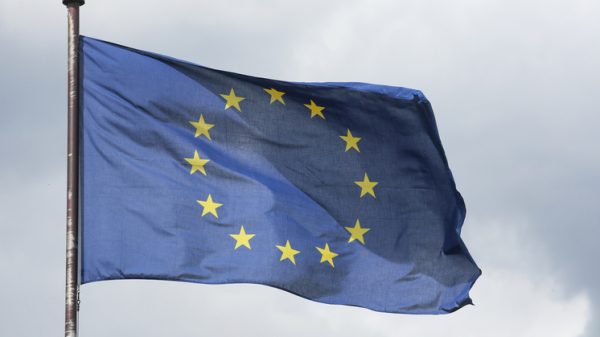
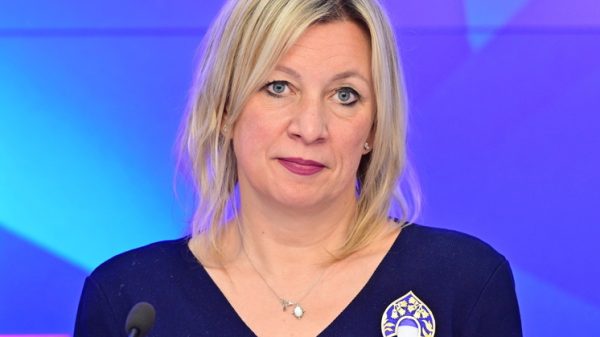





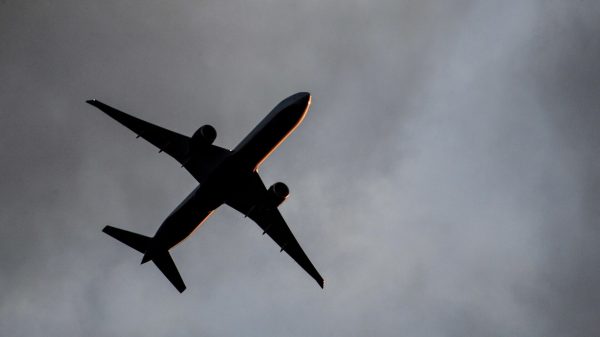

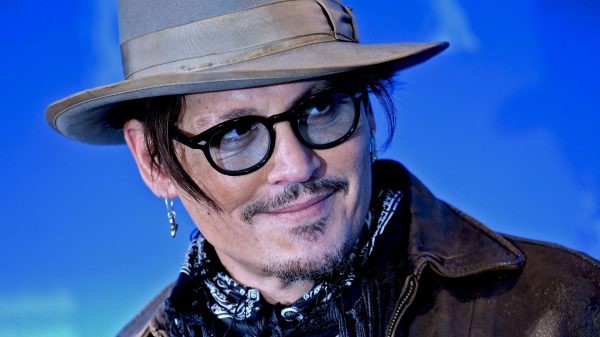
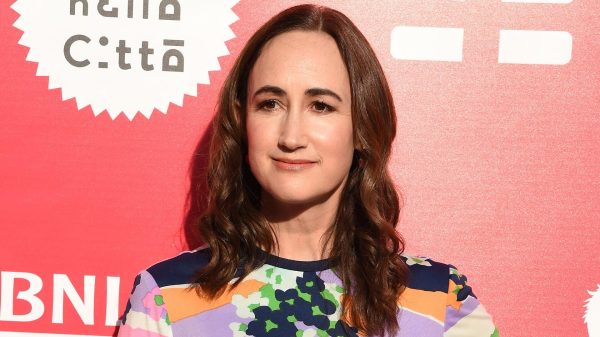
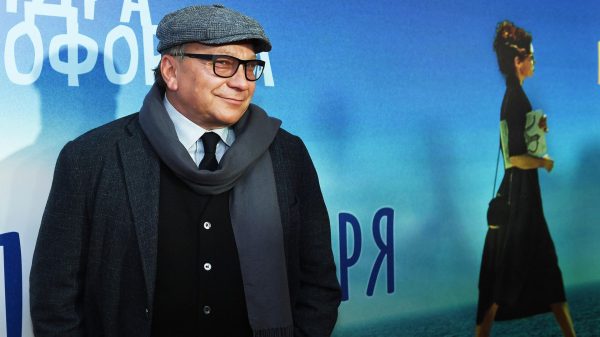



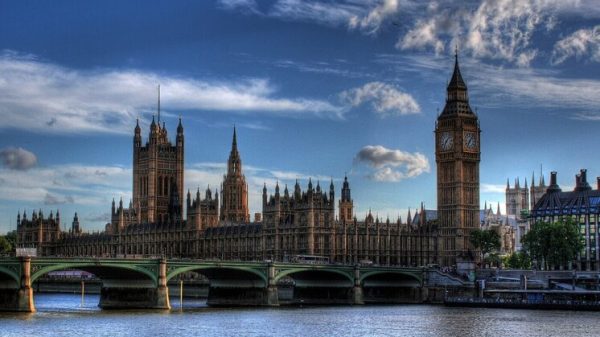










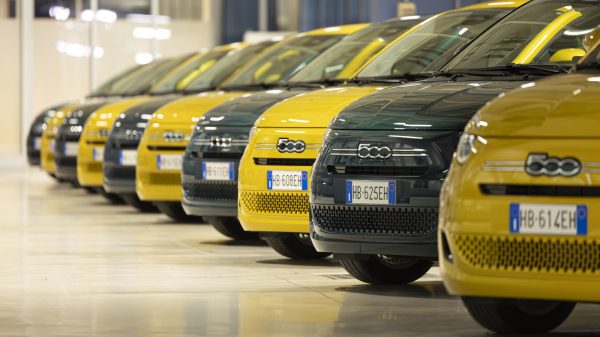





















Свежие комментарии